English Dub Season Review: Cannon Busters Season One
Have you ever felt indecisive about which anime to watch? Well, Cannon Busters is perfect for you! No literally. It’s a western, fantasy…mecha anime? Bottom line: it’s a lot of things. And I have to say, this is probably my favorite anime of 2019 so far. That said, my taste isn’t important. It could be total crap for all I know. So let’s take a more objective look at Cannon Busters.
Cannon Busters follows a motley crew comprised of Samberry (called Sam throughout the series), a cheerfully naive android who’s on a quest to find her friend Prince Kelby of Boudica. Accompanying her are Philly the Kid and Casey Turnbuckle. Philly is your quintessential asshole protagonist — he’s a hedonistic and immortal outlaw who is more or less dragged into helping Sam. As for Casey, she’s a diminutive, cartoon-ish looking bot who serves as the cute member of the crew (like Chopper from One Piece or Happy from Fairy Tail) while proving herself to be a knowledgeable mechanic. Together, these three embark on an insane road trip to find Prince Kelby.
I’ve seen people compare this anime to Cowboy Bebop and Gurren Lagann, but honestly, it gives me a Space Dandy vibe more than anything. Even disregarding the fact that narrative follows a troupe of unlikely heroes, the setting is very reminiscent of the bizarre universe of Space Dandy, right down to its colorful cast of denizens and world-building. It certainly wouldn’t be out of place in a Toonami lineup.
The plot, for the most part, is well-paced. Even during filler episodes, the gang is somehow working towards their goal of finding Kelby. These sort of lazy, comedic episodes are offset by more action-packed or emotionally stirring episodes that delve into darker subject matter such as individuality, existentialism, and the complexity of human relationships. While these themes aren’t always conveyed coherently, you can tell that effort was placed into incorporating these topics with the wider narrative. My only major complaint would pertain to the last few episodes of the season, which feel rushed and extremely anticlimactic. Still, the show manages to return to the equilibrium that it has established — it’s simply an anime about a crazy road trip in some godforsaken world.
The characters, I think, however, are the best part of the anime. At least the characters that are well-developed. Philly’s devilish, bad-boy personality is the perfect compliment to Sam and Casey’s wholesome personalities, which reinforces the idea that Philly is the disgruntled guardian of the crew while the other two are blissfully oblivious to the dangers of the world. While the character development is sluggish at best, the only character who truly remains stagnant throughout the season is Sam herself. She remains stagnant for all twelve episodes, only really learning how to mimic human actions as opposed to actually adopting them for herself. Which, truthfully, seems like wasted potential. Maybe there’s some lore that inhibits Sam’s AI from becoming more complex, but it would’ve been interesting to see what could’ve been other facets of Sam’s personality. Especially since one of the themes of the show revolves around is the ethical treatment of artificial intelligence.
Casey, on the other hand, while already more human-like than Sam from the start, eventually picks up on Philly’s habits as well as developing a snarky yet benevolent sense of humor. As for Philly, while his words and motives seem to indicate that he’s a self-centered prick, his actions indicate otherwise, so we can assume there’s a decent person beneath his bitterness and repressed emotions.
What truly stuck out to me about Cannon Busters was its writing — it hardly resembles anything I’ve seen recently in an anime. The dialogue and comedic pacing truthfully have more in common with western animation than anime. This makes sense when you find out that the creator of the show and the author of the original Cannon Busters graphic novel, as well as the show’s writer, are American. And as a result, we get a natural sounding dub. This dichotomy creates combines a familiar vernacular with a beloved art style, which to me seems indicative of how diverse the anime industry is becoming.
The pacing and aesthetic are pleasing with some very clever transition scenes and the use of setting to illustrate the tone of a scene. Still, I think what’s most satisfying is the diversity we see between humanoid characters. Virtually all of the vital characters are dark-skinned. Again, this is not surprising when you find out that the creator LeSean Thomas is an African-America himself, but to see this level of diversity, especially in an anime, is refreshing. Sure, the source material might’ve indicated that the series was always going to include representation, but the very idea that a story written by an African-American man can be adapted into an entertaining and well-crafted anime is a huge milestone for representation in media. I sincerely hope it’ll influence more creators of color to pursue their passions. As for me, I’m content vegetating on my dog-fur covered couch until season two is announced.

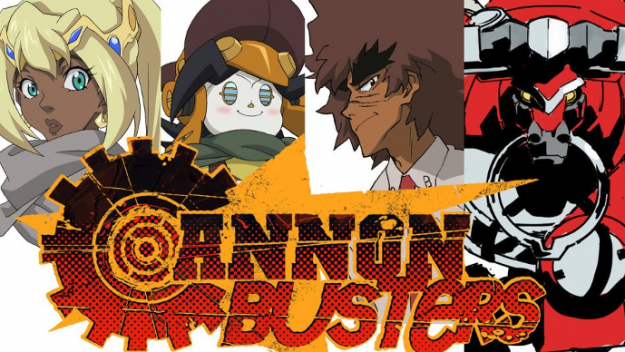
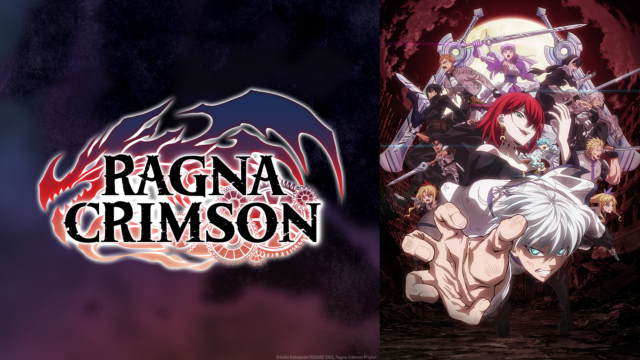

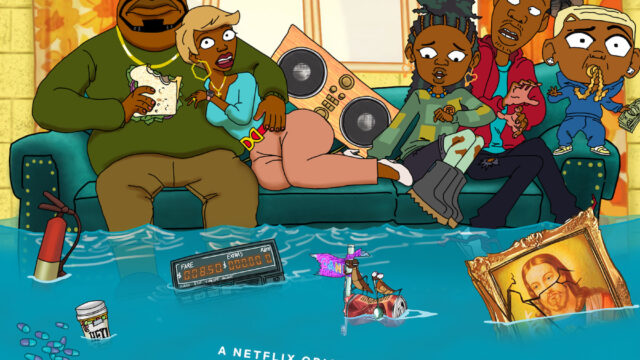
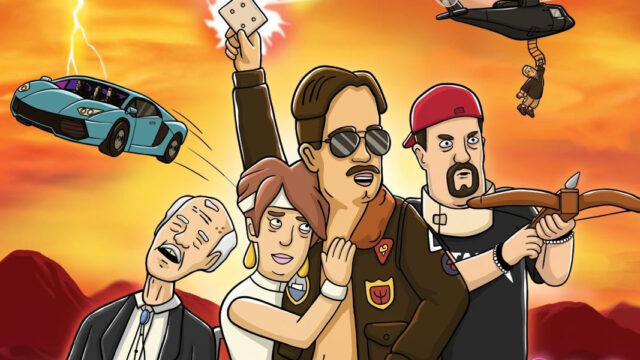

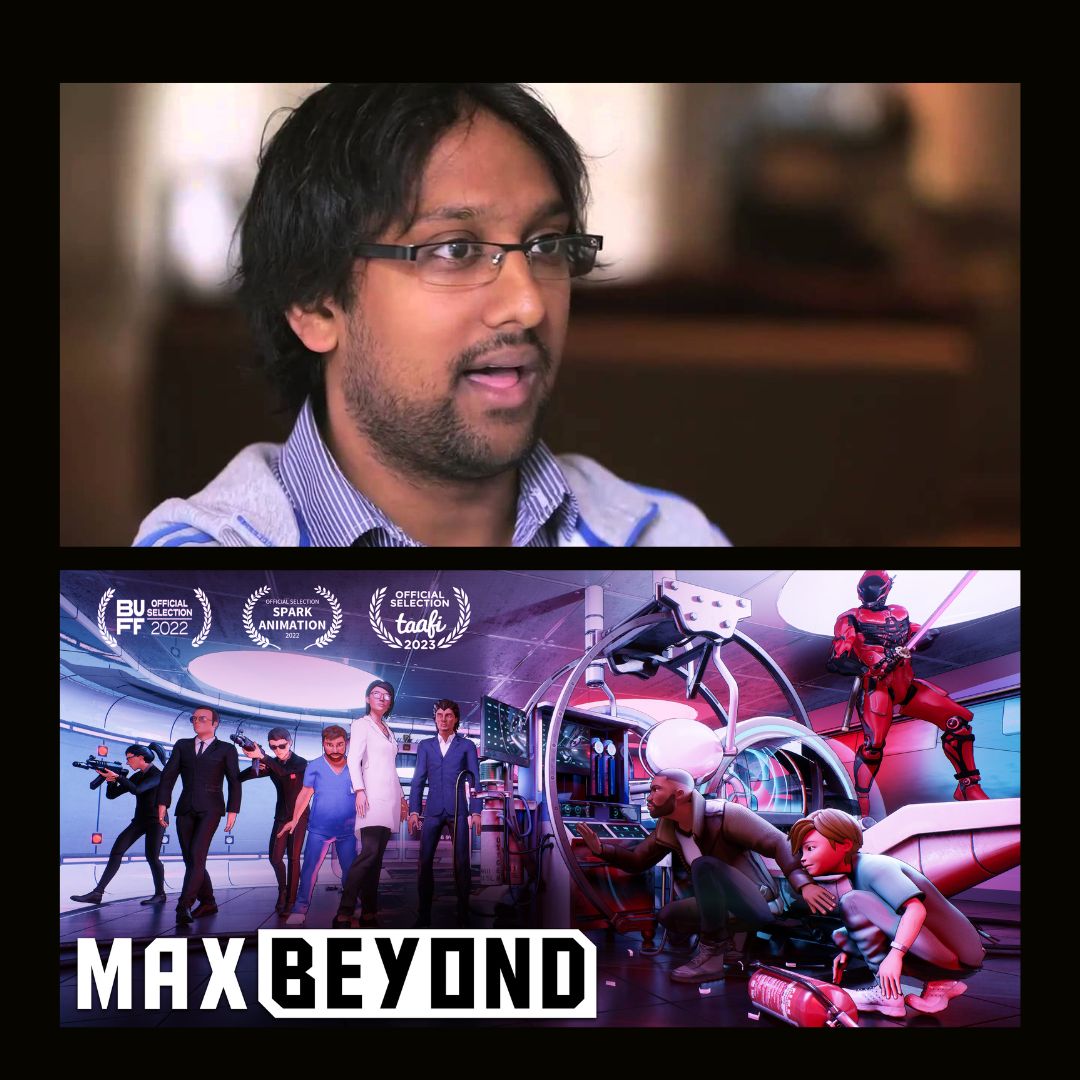



















Hi Ashley, thank you so much for reading and we love the feedback. Note that on that day we had 14th posts go up and only ten posts show on the front page, so it's possible the preview had already been archived by the time you got to it. One recommendation would be to add our RSS feed to your favorite news aggregator service like Feedly, this way you get all of the latest posts!